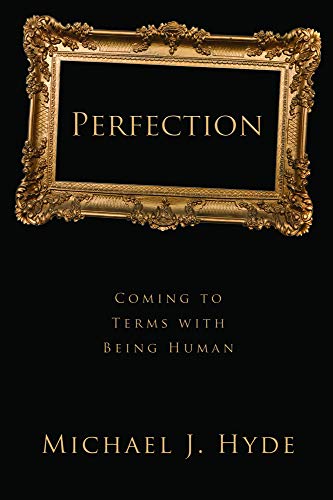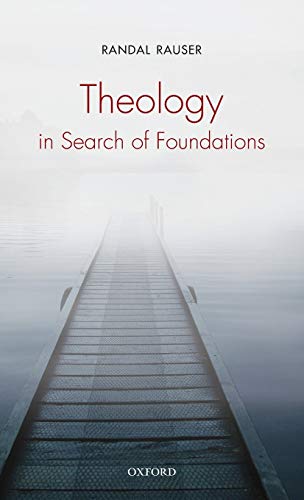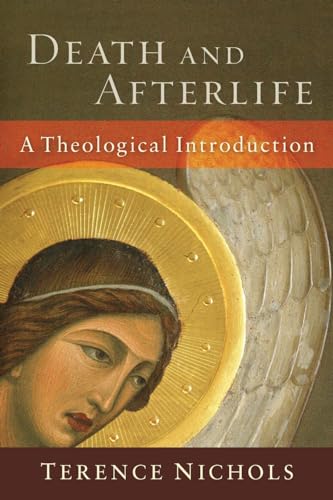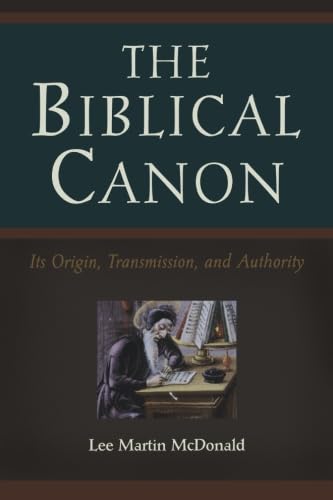Hermeneutics: An Introduction
Written by Anthony C. Thiselton Reviewed By Michael J. ThateThe latest offering from Anthony Thiselton, Hermeneutics: An Introduction, was “commissioned as a textbook on hermeneutics for the student and general reader” (p. xiii). Who better to commission a textbook on an introduction to the sprawling subject than Anthony Thiselton? The work represents nearly forty years of reflection and teaching on the subject, and though there is little repetition from his earlier works (p. xiii), the contents have been worked through in several major volumes on the subject in years past.
Chapter 1, “The Aims and Scope of Hermeneutics,” usefully introduces and defines the hermeneutical task. Thiselton suggests that hermeneutics “explores how we read, understand, and handle texts, especially those written in another time or in a context of life different from our own. Biblical hermeneutics investigates more specifically how we read, understand, apply, and respond to biblical texts” (p. 1). Chapter 2, “Hermeneutics in the Contexts of Philosophy, Biblical Studies, Literary Theory, and the Social Self,” admirably angles the general/special hermeneutics divide, and chapter 3 uses the parables of Jesus to exemplify various hermeneutical methods at work. Chapter 4 works through the cultural differences and seepage of Judaism and Hellenism as well as the hermeneutical peculiarities of each. Chapter 5 works through the reception and development of the NT in the second century, and chapter 6 is a whirlwind tour of the third-through-thirteenth centuries. Chapter 7 tallies the highlights of the Reformation, Enlightenment, and rise of biblical criticism. Chapters 8–12 look at more individual contributions from hermeneutical thinkers such as Schleiermacher and Dilthey (the former representing the first turning point), Bultmann, Barth and various other twentieth-century approaches, Gadamer (the second turning point), and Paul Ricoeur. Though sprinkled throughout the volume, one would think that Wittgenstein would merit his own chapter or at least section.
Chapter 13 begins a series of chapters that focus on the reader and reading communities. The chapter focuses on Liberation theologies and postcolonial hermeneutics and impressively introduces and surveys these burgeoning disciplines. Chapter 14 examines feminist approaches, and chapter 15 looks at the origins, diversity, and appropriations of reader-response and reception theory. The penultimate chapter, “Postmodernism and Hermeneutics,” works through three possible responses with respect to the compatibility of Christian faith and postmodernity, while summarizing the work of four complicated thinkers: Derrida, Lyotard, Foucault, and Rorty. The volume concludes with a brief spate of reflections.
The book is a pleasure to read and is filled with clever turns of phrase and shrewd judgments. For example, on hermeneutics, “Hermeneutics, including biblical hermeneutics, cannot be true to its task unless it is genuinely multidisciplinary and interdisciplinary” (p. 34); on parables, “We run into difficulty when one single approach is thought to be the key to all the parables of Jesus” (p. 59); on Judaism, “Judaism has never been one uniform thing” (p. 60); on the subversive nature of Jesus’ ministry, “Jesus warned against false prophets, long before Nietzsche and Foucault” (p. 342); and on the complexities of postmodernism(s), “We cannot generalize about postmodernism” (p. 347).
The perceived “order” and singularity of the telling of the hermeneutical tale, as the author well knows, is artificial but pedagogically helpful. And though the book can at times have the appearance of incessant name-dropping, it is actually quite far from being a resource for wags at cocktail parties—may their tribe decrease! It is instead a rapid overview of the hermeneutical forest, a trip down a single-lane of hermeneutical pre-understanding while offering a kind of roundabout with a thousand different exits. The “Further Reading” sections at the end of each section and the bibliography at the end of the volume are massive aids to the beginner seeking what to read next.
Any criticisms of the book are simply a desire for the volume to be larger and more in-depth. For example, one is surprised at the absence of some feminist thinkers in chapter 14, notably Kwok Pui-Lan. There is no mention of the rising literature on gay theory, and though acknowledged at the end of the book, there is virtually nothing said on canonical criticism and the distinctives of Roman Catholic approaches (though, again, see pp. 353, 355). At times there can be strange off-putting jabs, especially toward German scholarship (e.g., pp. 224, 352), and, of course, what is a book on hermeneutics without a shot across the bow of contemporary hermeneutics’ whipping boy, Charles Hodge (p. 312)?
In any case, it is hard to think of any other volume to use in the church, classroom, or personal study on this subject of hermeneutics. I plan on assigning it and recommending it for many years to come.
Michael J. Thate
Michael J. Thate
Durham University
Durham, England, UK
Other Articles in this Issue
Most of our readers are theological students and pastors...
The Dazzling Darkness of God’s Triune Love: Introducing Evangelicals to the Theology of Hans Urs von Balthasar
by Stephen M. GarrettJürgen Moltmann observes that Christian theology and the Church face “a double crisis: the crisis of relevance and the crisis of identity...
Plots, Themes, and Responsibilities: The Search for a Center of Biblical Theology Reexamined
by Daniel J. BrendselIn the prolegomena to his “approach to biblical theology,” Charles H...
Since the mid-twentieth century biblical scholars have increasingly accepted that the texts of the Bible must be interpreted in terms of their literary genres...
The present age tends to regard polemics, theological controversies, and all-round doctrinal fisticuffs as, at best, a necessary evil, at worst, one of the most revolting aspects of Christianity...







